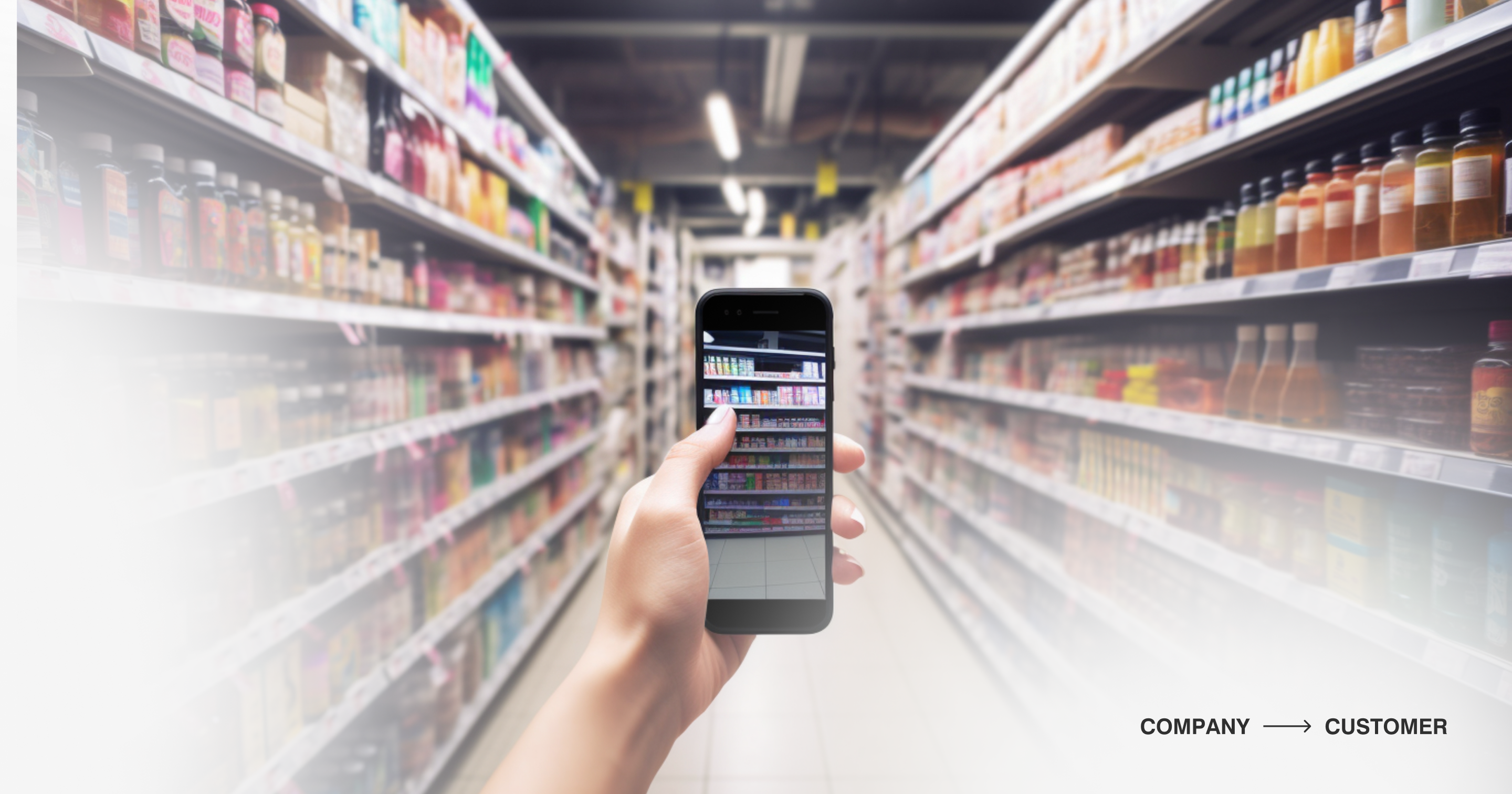From apocalypse to renaissance
The shift towards digital shopping has led many to question the future of physical retail stores. Yet, contrary to predictions of them soon becoming out-of-fashion, physical stores seem to be experiencing a renaissance. This is partly due to brands recognizing the limitations of online-only models, especially in creating lasting customer relationships and dealing with the increasing costs of digital marketing. High advertising rates on platforms like Facebook and Google, compounded by Apple's privacy updates limiting customer tracking, have made the digital space less appealing and more costly for direct-to-consumer (D2C) brands. As a result, even digital-first companies like Nike, which once thrived online, are now reevaluating the importance of their physical locations.
The narrative of a "Retail Apocalypse" gained traction during the peak of the COVID-19 pandemic, suggesting an end to traditional retail as we knew it – with an estimated 50,000 U.S. stores projected to close by 2027. The reality post-pandemic is quite different, however. Retailers are, in fact, recalibrating strategies to enhance their physical presence. For instance, Walmart, which had paused new store openings since 2021, announced plans to add 150 stores in the US over the next five years, signaling a $9 billion investment in brick-and-mortar. Similarly, Warby Parker's expansion plan includes opening 900 locations.
Why physical stores matter
Moreover, the assumption that physical sales have dwindled in the face of online shopping is not entirely accurate. A substantial portion of retail transactions (70% in the US and an even higher 80% globally) still occur within the walls of brick-and-mortar stores. This statistic not only challenges the narrative that physical retail is fading but also highlights consumer preferences for tangible shopping experiences. The tactile nature of in-store shopping, the immediate gratification it offers, and the personal interactions that occur within these spaces cannot be fully replicated online - and may even be worth a premium in the future. That’s why brick-and-mortar stores are reclaiming their place in the retail mix.
Getting most of the offline and online
The line between online and physical shopping is clearly blurred, and it’s giving rise to a new era of consumer experiences. Retailers need to merge the convenience of digital shopping with the tangible benefits of physical stores to keep up to date. Here’s what you can do to meet the evolving customer needs:
1 Adopt a holistic strategy
Retailers should blend online research and in-store buying into one seamless experience. That means looking into messaging, digital media, loyalty programs, and rewards to create an omnichannel customer experience that caters to customer needs across all touchpoints.
2 Get personal with technology
The transformation of store formats highlights how retailers are making shopping more personal and engaging. For example, Ikea's shift to smaller, service-focused outlets shows the potential of using technology to enhance customer service and make each visit more memorable.
3 Value human touch
As digital transactions become commonplace, customers will once more value the unique benefits of in-store shopping (such as personal service and the ability to physically interact with products). This human element can make all the difference in customer loyalty and satisfaction.

For more insights and detailed strategies on enhancing the employee experience with digital communication technology, visit relesys.net.




